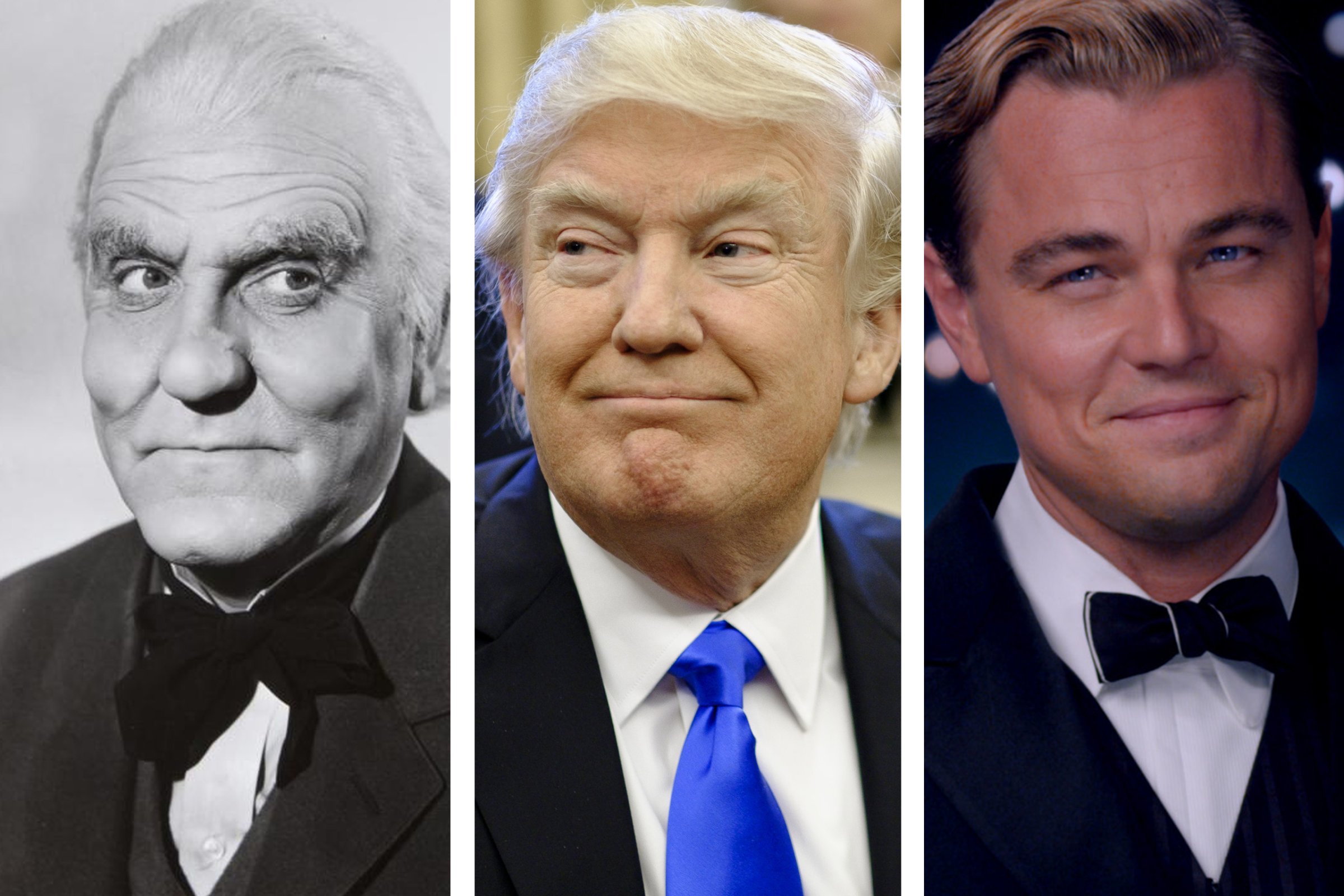
“Do you have enough confidence in me to trust me with your watch until tomorrow morning?” In 1849, William Thomson asked that simple question to dozens of people to whom he posed as an old acquaintance. They never saw their watches again. After his apprehension, a writer for the New York Herald called it the “Arrest of the Confidence Man” — and thus an enduring American character was born.
America has always been fascinated by the con man, the impostor who wins the confidence of others before liberating their money from them. He has supplied us with a rich supply of descriptions — con, hustle, swindle, bamboozle, finagle, diddle, shaft, hose, fleece, humbug, etc. It is said that this country owes its existence to those unafraid to flout the rules. Behind every great fortune lies a great con man.
Fresh in memory is Bernie Madoff, who inspired enough confidence to steal $65 billion. There have been earlier swindlers who sold the Eiffel Tower twice, and the Brooklyn Bridge also twice, even an entire fictional country, Poyais, in South America.
The confidence man is also a recurring figure in American literature. Ten years after the arrest of William Thomson, Herman Melville published his dark social satire, The Confidence-Man: His Masquerade. A man with flaxen hair and a cream-colored suit boards a riverboat in St. Louis and proceeds to win the trust and of an entire cross-section of people in American life — and then expose their hypocrisies. There is the man with the golden cuff links selling shares in a bankrupt company, the lady doing charity for personal gain and the quack who claims herbs can cure everything from flu to cancer.
In Huckleberry Finn, Mark Twain writes about two bogus Shakespearean actors who call themselves the Duke and Dauphin and claim to be European royals. All you need is ignorance and confidence, and success is guaranteed, Twain says.
We see this beautifully illustrated in Being There, where the simple gardener Chance, in the filmed version brilliantly played by Peter Sellers, becomes a presidential candidate. He knows the world only from the television, but his simple words about the weather and the garden are ascribed deep philosophical insights.
Then there is Jay Gatsby, Fitzgerald’s timeless con man, who reveals nothing of his background other than his wealth, which he displays ostentatiously.
At the top of the Mount Olympus of con men sits the Wizard of Oz, originally a lesser character in a children’s book but made famous by the 1939 movie. Oz the Great and Terrible ruled with a firm hand and a loud voice about the Land of Oz where he is revered as a great magician, because, um, great men do such great things.
But there is hope. Often, the trickster is exposed when our disbelief returns. William Thomson was arrested. Madoff got 150 years in prison — with good behavior he will be released in the year 2139. Gatsby ends up dead, floating in his own swimming pool. And the Wizard of Oz? He turns out to be an old man with flaxen hair and a large megaphone that makes use of tricks and illusions. He is unmasked by Toto the dog who pulls away the curtain behind which he hides, while the Great and Terrible Oz exclaims, “Pay no attention to that man behind the curtain.”
Toto, where are you when we need you?
More Must-Reads from TIME
- Cybersecurity Experts Are Sounding the Alarm on DOGE
- Meet the 2025 Women of the Year
- The Harsh Truth About Disability Inclusion
- Why Do More Young Adults Have Cancer?
- Colman Domingo Leads With Radical Love
- How to Get Better at Doing Things Alone
- Michelle Zauner Stares Down the Darkness
Contact us at letters@time.com